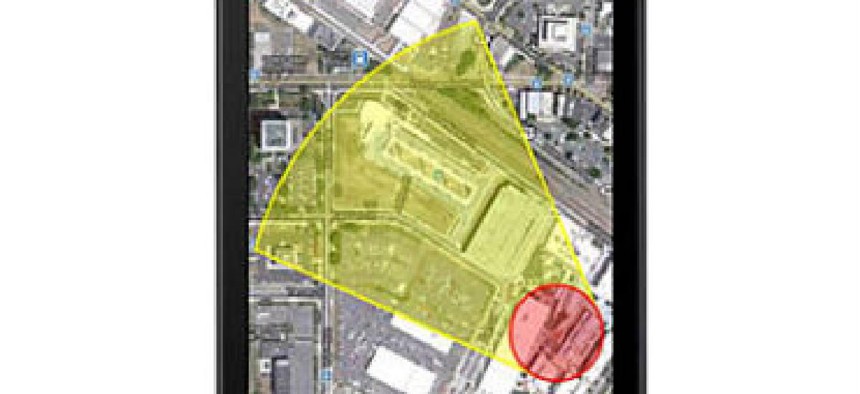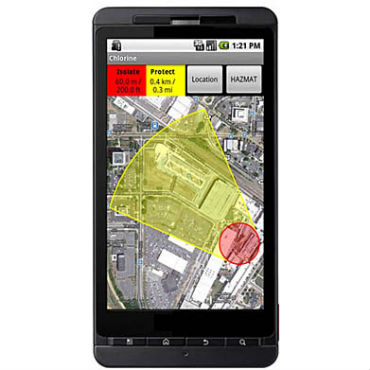DHS debuts virtual training, improved app for first responders

New tools encourage collaboration and cost-effective training.

The Department of Homeland Security has rolled out two tools for improving emergency response training, with the goal of enhancing first responders' communications and coordination while also making training more efficient and cost-effective.
The projects -- one an upgraded mobile app, the other a new training program -- are not operationally related, but share an emphasis on efficiency and collaboration. And in both cases, DHS' Science and Technology Directorate is using either existing resources or a relationship with a commercial vendor to provide the capabilities as cost-effectively as possible for first responders and for the department.
On Nov. 20, DHS unveiled a new virtual training platform pilot project with the City of Sacramento, Calif.’s police and fire departments. The Enhanced Dynamic Geo-Social Environment (EDGE) gives first responders the ability to train together in a virtual world to test and coordinate their abilities to handle a broad-reaching emergency. It will allow emergency responders to react to complex, dynamic situations without having to spend tens of thousands of dollars deploying real-life personnel and equipment for physical drills.
DHS is saving money and resources for EDGE by adapting an existing virtual simulator the U.S. Army developed to train soldiers to its own purposes, said DHS program manager Christine Lee in an interview with FCW. The EDGE platform currently resides on the Army’s servers, she said, but a transition study currently underway by Rutgers University could determine whether it’s more effective to house it on DHS equipment. DHS is currently developing hosting capabilities, she said.
EDGE is essentially a big, immersive video game-like simulation that allows users to set their own local department’s resources against an active shooter scenario that takes place in a virtual 23-story hotel. The shooter scenario can be changed to other crises in future iterations, but Lee said the active shooter scenario was most the most common training request it had gotten from local emergency response agencies.
And a day earlier, the agency announced an upgrade to its First Responder Support Tool, or FiRST app. FiRST is a sharing service that can jointly provide information to smart phones, tablets and laptop computers about how to handle hazardous materials incidents -- how big an area to cordon off in a hazmat spill, for example -- as well as a map-based diagrams of how winds may affect any drift of toxic fumes or exhaust.


